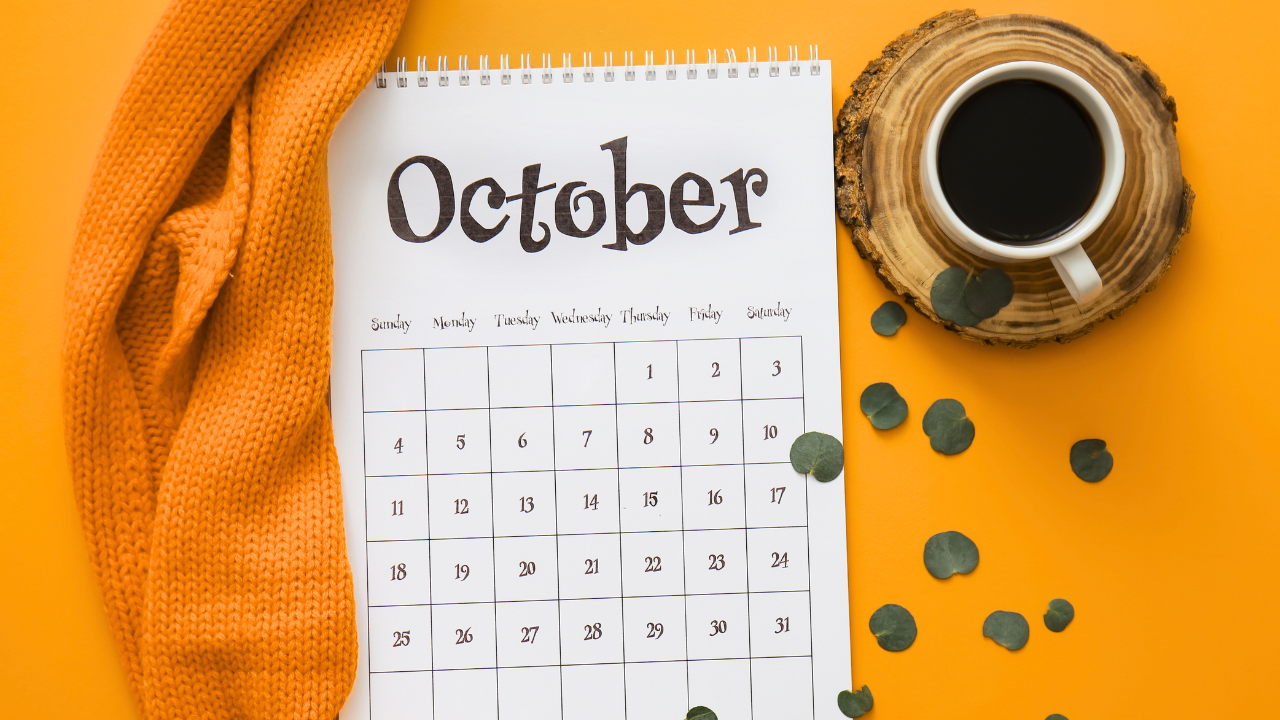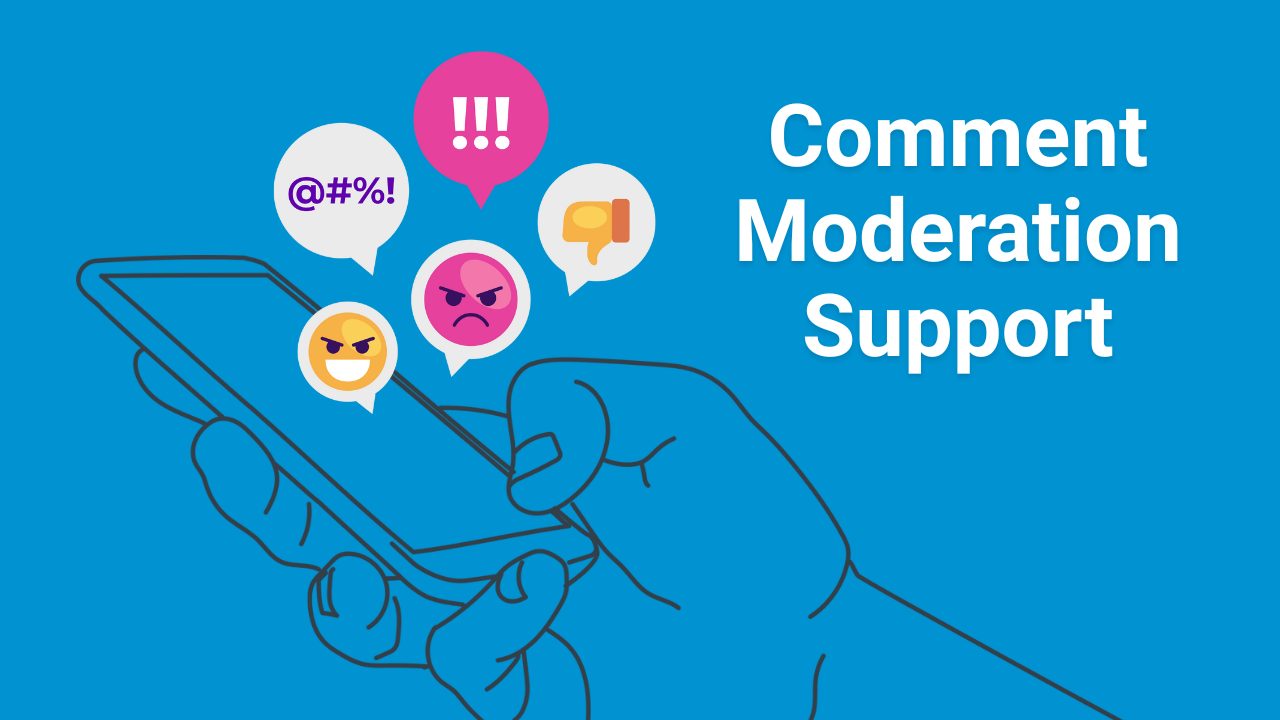
Guide: Using alert features on Facebook, Twitter & Nextdoor
Jan 18, 2022Humans are social by nature, so it’s no surprise that more than 80 percent of Americans use social media, according to Statista.
As government agencies lean to social media to communicate current events and humanize their workers and initiatives, social networks are naturally a crucial part of a socialgov’s toolkit during an emergency or urgent situation. However, it’s best to use special alert features available to government agencies to expand or target your reach, rather than settling for just a regular post.
Alerts can help you solidify your agency’s authority during an emergency and potentially decrease the spread of misinformation. Additionally, there is no cost involved in taking advantage of these features since they’re already embedded within the platforms you already use.
Acquainting yourself with these features now can help you avoid confusion when there’s a real need. Keep reading for a quick guide on using alerts on Facebook, Twitter and Nextdoor.
Facebook Local & Voting Alerts
According to Meta for Business – at the time of publication – Local Alerts are available to local government and public health agencies as well as first responder Pages in the United States and “select” cities in Australia.
As members of Meta’s Politics and Government Outreach Team advised during a GSM member-only professional association webinar on the new Facebook Pages experience, Local Alerts are not available to all Pages and there are different levels of alerts depending on the Page you manage and certain qualifiers, including guidelines on COVID-19 information and voting. Additionally, there are different features available that can allow you to send alerts to all users within a jurisdiction or to all Page followers.
Eligible pages should automatically have access and must represent one of the following: a municipal government agency (Meta defines this as a city or county), state or local emergency response agency, state or local public health agency or, finally, a state or local law enforcement agency.
If you believe your agency fits one of the aforementioned eligibility requirements but does not have access to local alerts, you can request access. Please note: Pages representing elected officials and public utilities are not eligible.
In the U.S., Voting Alerts are available for state election authorities and “some” local election authorities, and, agencies eligible for Voting Alerts are not necessarily eligible for Local Alerts. Review the specific eligibility requirements for Facebook Voting Alerts.
Posting your first Local Alert/Voting Alert via Facebook
Before you send your first Local Alert, a Page admin will need to view the instructions. Meta for Business recommends using a desktop computer to do so and doing it as soon as possible to make sure everything works, and you’re not stuck troubleshooting during an emergency.
When you’re on your Page, click Local Alerts when composing a post to begin onboarding. Be aware that each Page with Local Alert capabilities will only be able to post a maximum of 50 alerts every 30 days.
Here is a quick step-by-step guide on how to mark a post as a Local Alert or Voting Alert:
-
In the post composer on your Page, you should see a triangular yellow caution symbol (⚠️) detailing the quantity of alerts available to you and allowing you to mark your post accordingly
-
Choose your alert location (note: if you want to send alerts to people in a specific area, you need to use the Facebook desktop version)
-
Choose your alert type (i.e. local, missing person, public safety, service interruption, transit, weather, etc.)
-
Choose the length of time the post should be marked as an alert. You can choose between one and 24 hours; however, if you don’t set a duration, your post will not feature an alert indicator.
-
Click ‘Edit Alert.’ Because recipients are immediately notified when you post your first alert, any changes made after the fact will also notify recipients once again. This could lead to confusion if your post is not accurate the first time.
-
Click ‘Post’
View a more in-depth guide from the Facebook Business Help Center, and get more information on how to boost Local Alerts.
Twitter Alerts (discontinued)
Twitter alerts were introduced to government agencies in September 2013, but were unfortunately discontinued in September 2019. Tweets marked as alerts were highlighted in the timeline with an orange bell and were pushed to those who signed up to receive them.
Despite the platform’s short run with the feature, you can still use Twitter effectively during an emergency or high-profile event – see our socialgov crisis checklist for some successful strategies agencies can use during a crisis, including advice for Twitter.
While Twitter alerts are no longer a thing, you can still increase the likelihood that the public will see your tweets during an emergency by encouraging them to press the opt-in icon to get mobile notifications from your profile. The bell icon on any profile will send push notifications for every tweet.

Nextdoor Emergency Alerts
All public agencies that are eligible to have a profile can share emergency alerts on Nextdoor via text message (SMS), in-app notification, and email. Users — or ‘neighbors’ — can react, reply or send a private message to your agency. Law enforcement agencies have the same emergency alert access as all other public agencies.
While posts from public agencies are exactly that – public and therefore searchable in search engines – replies from neighbors are not publicly searchable and agencies cannot see other content on Nextdoor, including user information, posts or profiles.
Nextdoor stands out due to its hyperlocal capabilities which allow you to target audiences in a variety of ways (i.e. neighborhood, geographic area, etc.) and ensures your messaging is available to people who have registered an address in your jurisdiction. Learn how government agencies can apply for a public agency profile on Nextdoor.
Meet the author
 Ariana Donley
Ariana Donley
Web & Social Media Specialist – Government Social Media LLC
Ariana graduated from Southern Methodist University in Dallas, Texas with a B.A. in Journalism and a minor in Human Rights. She spent several years in the TV news industry and also served the Birmingham Police Department initially as a Crime Prevention Officer and later as the first Public Relations Manager. She is passionate about GSM’s mission and enjoys the positive and supportive team work environment.
Best communicate with the public you serve by becoming a part of the free Government Social Media network — only available to full/part-time employees of government or educational institutions.
We support the largest network of government social media professionals in the U.S. by guiding government agencies through complex social media issues. Government Social Media helps you successfully communicate with the public you serve, protect your agency and keep public trust while finding your support community.
Government Social Media® empowers government professionals to achieve mastery in social media through conferences, online training, and association membership. Best communicate with the public you serve and get connected with fellow socialgovs by registering for the 2026 Government Social Media Conference happening in New Orleans, LA and virtually from wherever you are! Join the free GSM Network for text-only chats on socialgov topics or access the Government Social Media Association (GSMA) for regional virtual meetups and educational webinars.









